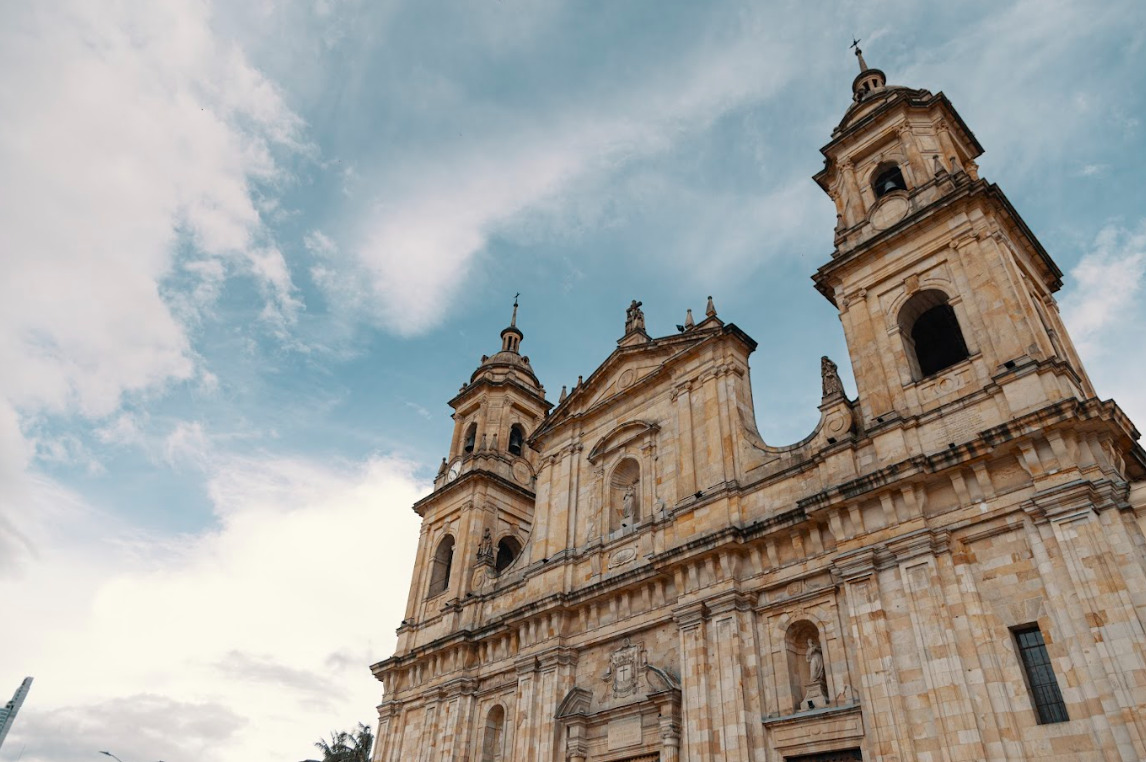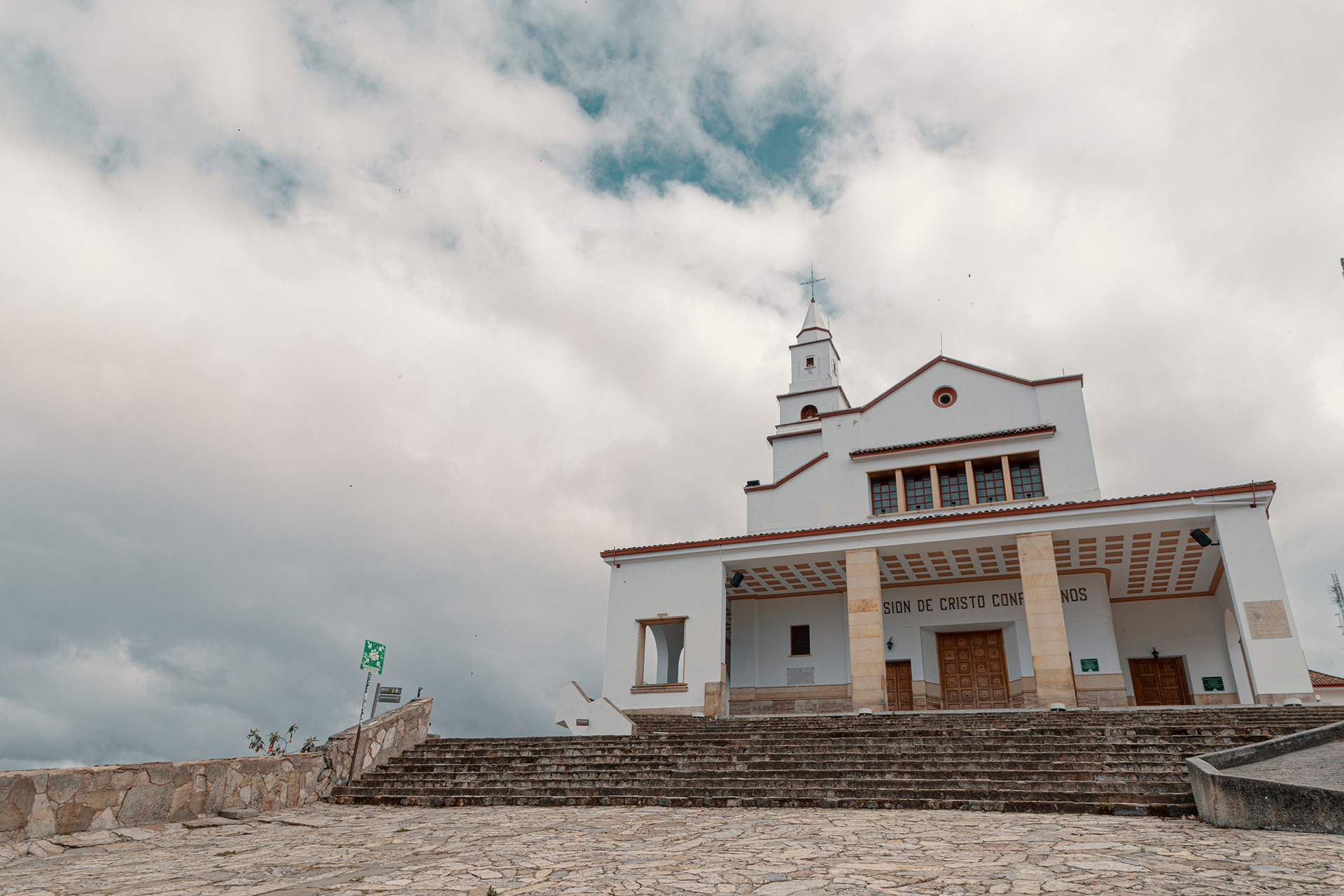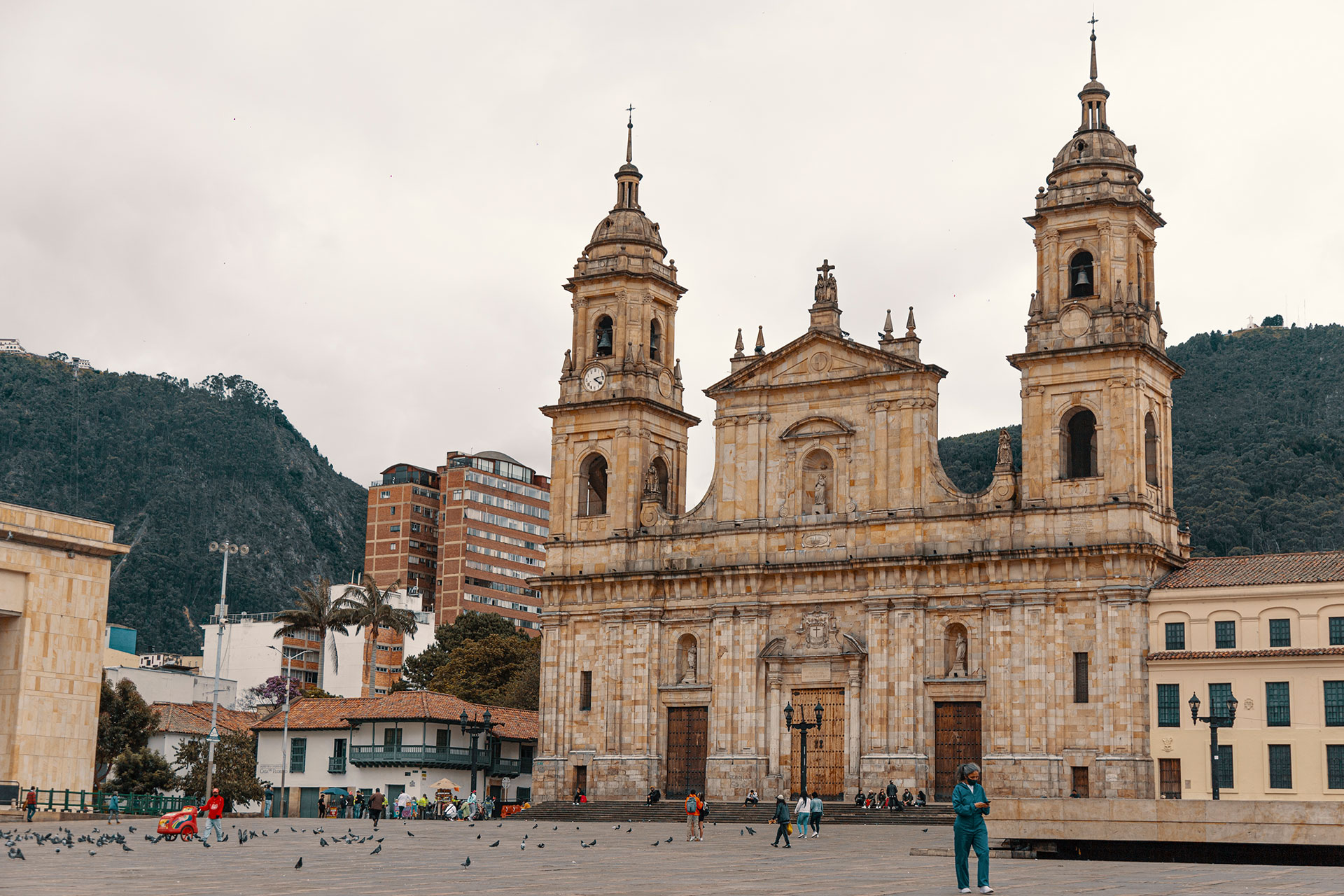Embark on a journey of discovery through the city's temples, cathedrals, and basilicas, unveiling stories that intertwine the past and present.
Embark on a journey of discovery through the city's temples, cathedrals, and basilicas, unveiling stories that intertwine the past and present.




Santa Barbara Parish of Usaquen
The Santa Bárbara de Usaquén Parish Church and the foundational plaza were the epicenter of the founding of the town of Usaquén during the Colonial era. The Parish, located to the northeast of Bogotá, was born in 1665 in an indigenous context, becoming the central axis of the evangelization process and cultural development of this area inhabited by the Muisca people of Usaquén during the pre-Hispanic era.
Our Lady of Lourdes Parish
Replacing the small straw-roofed chapel erected by Friar Antonio Maria Garzon, stands the majestic Temple of Our Lady of Lourdes, an impressive monument of Gothic style commissioned by Archbishop Vicente Arbeláez in 1875. A representative symbol of the Chapinero district, it captivates with its exquisite architecture, artistic works and polychrome stained glass of German origin, becoming one of the most emblematic landmarks of Bogota, both for locals and visitors.
St. Monica Parish - St. Mary of the Angels Chapel
The Santa Monica parish has as its main temple the Chapel Santa Maria de los Angeles, which was originally the vicarage of the parish Nuestra Señora de los Angeles de la Porciúncula. It was built in 1910. It was founded as a parish in 1954; since then it has been administered by the Augustinian Fathers (O.S.A.). Its baroque design and history reflect the cultural richness of the colonial era in Colombia. In addition to its religious importance, the parish has been the scene of historical and cultural events that have marked the life of the city.
San Diego Church
It is a beautiful temple located in the heart of Bogota. This sacred place has been standing since 1606, witnessing the development of the city over the centuries. The parish is located in the San Diego neighborhood, in the heart of the international center, and is a reminder of the persistence of faith and the cultural and architectural richness of the city. In addition to its imposing history, this church is known for being an ideal place to pray and attend mass.
St. Alphonsus Maria de Ligorio Parish in Bogota
A parish that was born after the demolition of the temple of Santa Inés in the center of the capital, from which it inherited all its works and religious art. After the purchase of a lot on Carrera 28 and Calle 39 in 1954, its construction began and culminated in 1959, later becoming a reference of faith and the home of our Lord of Miracles.
Sanctuary Parish of the Divine Child of July 20
Every Sunday, thousands of devotees come to the Divino Niño Sanctuary in the 20 de Julio neighborhood, south of Bogota, to adore a baby Jesus. The adoration has its origin in the 30's, thanks to the Salesian priest Juan del Rizzo. The priest had the Divino Niño de Praga reformed, removing the cross and changing its face for one inspired by one of the artisan's sons. The result was a Divino Niño, unique in the world, which generated much devotion.
Virgin of the Immaculate Conception (Cerro de Guadalupe)
Contrary to popular belief, the sculpture on this hill does not correspond to the Virgin of Guadalupe but to the Virgin of the Immaculate Conception, patron saint of the Archdiocese of Bogota. The Indians called the Cerro de Monserrate as “grandfather's foot” and the neighboring Cerro de Guadalupe as “grandmother's foot”. When the Spaniards first arrived, more than 400 years ago, they baptized the hill as Cerro de Guadalupe in honor of the Virgin of Guadalupe de Badajoz.
Basilica Sanctuary of the Fallen Lord of Monserrate
It is an impressive place that attracts the faithful and tourists in search of spiritual peace and a panoramic view of the city from the top of the hill.
Our Lady of Mount Carmel National Sanctuary
The Our Lady of Mount Carmel Temple stands in the vicinity of the Primatal Cathedral and Bolivar Square in Bogota. Although its construction dates back to 1941, its origins date back to the mid-seventeenth century, when the small Church of Carmen, part of the Monastery of San José, was erected there.
St. Ignatius of Loyola Church,
The Church of San Ignacio is located next to the Colonial Museum and the Colegio Mayor de San Bartolomé, a temple whose first stone was laid in November 1610. Its construction was completed in 1691 and, before that, it was consecrated to Saint Ignatius of Loyola, founder of the Society of Jesus. During the period when the Jesuits were expelled from the country (1767-1891), the church was renamed San Carlos, in honor of King Charles III. The architect and Jesuit priest Juan Bautista Coluccini was in charge of designing its construction, inspired by the Church of Gesù, in Rome.

